Panier
Close
- No products in the cart.
Sous total (Hors frais de livraison)
0,00€
Payer
Expédition et livraison
Réparation et maintenance
Looking for performance and versatility? The mid length is a board that could well be the ideal solution. With its generous length and volume (more or less 85 to 115 liters, even for experienced riders), it offers an excellent compromise between stability and maneuverability. And this shape will enable you to ride in a wide range of weather conditions. So it’s no wonder that mid-length boards have rapidly gained in popularity in the wingfoil world! We explain it all in our new article.
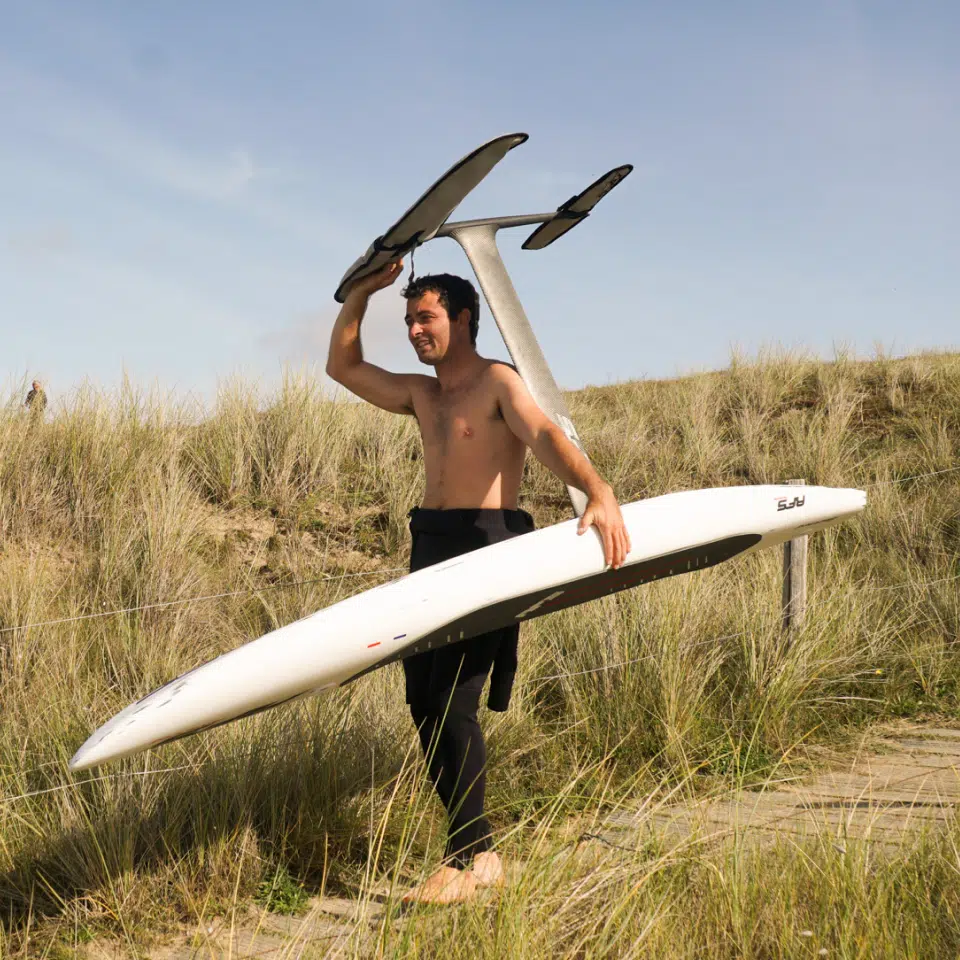
Mid lenght wingfoil boards benefit from an intermediate and elongated size, slightly longer than standard boards and, above all, much thinner. These boards, which generally vary in length from 6 to 7 feet (or around 1.80m to 2.10m), offer an interesting compromise between maneuverability, buoyancy and speed in light winds and light water, and are also used for downwind sailing.
What are its characteristics?
Shape: Mid-length boards have a hollow deck to lower the rider’s center of gravity, closer to the foil. The nose is rounder, as are the rails, for better bounce on touchdowns. And the T-shaped tail has a reduced wetted surface, for less drag at the start. The board’s slender shape and better-distributed volume also enable you to get airborne more quickly, thanks to almost instantaneous acceleration. Last but not least, the position of the foil box is just as effective: it’s positioned further forward than other boards, making it easier to take off in ultra-light winds. This positioning reduces the board’s inertia in flight, giving you all the take-off benefits of a long board with the more direct feel of a small wingfoil board.
Versatility: These boards are great for riding in a wide variety of conditions, from flat water and small waves to downwind riding in a good swell. They allow you to catch waves more easily than a short board, while offering more maneuverability than a very long board.
The choice of this type of wing foil board depends on many criteria, such as the level and size of the rider. Another important criterion is the spot where the rider is used to surfing. More and more riders are turning to mid-length boards for their advantages, but why?
If you’re looking for a board to progress, have fun with, or simply change your style, the mid length might just be the board for you. However, there are two minor drawbacks to bear in mind: mid-length boards are long and therefore take up more storage space. On the other hand, they are limited when the wind blows hard and the size of the breaking waves becomes too large. As a result, they are less maneuverable, especially in transitions.
These boards have become a must-have for wing foilers and wing foilers looking for easy, all-terrain riding between small and long boards. Whether you’re an intermediate or an experienced rider, choosing the right board is essential to getting the most out of your sessions. By taking into account a few key criteria, you’ll find the ideal board for your level and your desires.
1. Level :
Advanced beginners: choose a board with plenty of volume (around 110 liters) and thick rails. A wide nose will also be an advantage, making it easier to catch waves and get back into the air quickly. On flat water, this type of board remains accessible and offers excellent stability before taking off.
Intermediate: opts for a slightly smaller board (around 100 liters) and a more high-performance shape, with pronounced concaves on the hull for greater maneuverability.
Expert: you can sail on a shorter, less voluminous board (around 90 liters), and less wide for tighter turns.
2. Weight :
The heavier you are, the more volume you need to float before water start (take-off). For example, if you weigh 70kg, you’re better off with a 90L ML float. And if your weight is around 90L, choose a 110L.
The heavier you are, the more volume you need to float before water start (take-off). For example, if you weigh 70kg, you’re better off with a 90L ML float. And if your weight is around 90L, choose a 110L.
3. Wave conditions :
Small waves: a wide nose, deep deck and advanced foil box will help you catch waves more easily.
Medium waves: a more versatile shape, with a smoother volume distribution, will enable you to surf in a variety of conditions with greater fluidity.
Big waves: a very compact shape, with a shorter length and reduced volume, will be ideal for avoiding burying before take-off. What’s more, it offers greater maneuverability in hollow waves.
4. Navigation style :
Freeride: Choose a mid-length board, neither too long nor too short, offering a good compromise between balance and maneuverability. Rails should be soft and thick for greater comfort.
Wave: turn to a more high-performance shape, with thinner rails and a more pronounced bridge, to gain in responsiveness.
The characteristics to be taken into account are :
Volume: determines the board’s buoyancy.
Length: the longer and wider the board, the more stable it will be.
Width: a wide board offers maximum stability, while a narrow board is more maneuverable and faster.
Shape: The overall shape of the board (outline, deck, hull, rails, nose, tail) influences its performance. The mid-length board is less taut than the prone foil. And its rocker is wider, while limiting the wetted surface for the least possible drag when taking off. This type of board is thicker in the center. (master beam).

At AFS, our range of wing foil boards includes 2 high-quality ML boards: the Whitebird mid-length and the Blackbird mid-length.
1. Whitebird ML :
This board is available in sizes 5’8, 6’6 and 6’8, with volumes of 85, 100 and 115 liters, and widths of 20“, 21” and 23″. Highly versatile, it’s equally suited to downwind (with an oar or wing) and SUP surfing, as it is to wingfoil (on calm water). It combines the trends of long, narrow shapes with the compactness ideal for light winds and small waves. Pumping will be even easier than on a shortboard. to take off.
2. Blackbird ML :
This AFS model offers a choice of three sizes, 5’6, 6’0 and 6’3, and a volume of 75, 90 and 100 liters. And widths of 20.5“, 22” or 22.5″. This is THE board for a wide-ranging sailing program. In fact, this hybrid model is suitable for many disciplines: wingfoil freeride, SUP foil (in 6’3), downwind (paddle or wing) and even surf foil (in 5’6). With a more compact shape because it’s shorter and wider, the advantage of the Blackbird ML is that it’s more focused on precision and superior performance. Equipped with an advanced housing and a deeper deck than its big sister, this board excels in downwind and speed. Downwind, its lift is impressive and its maneuverability will allow you to sail without difficulty. With a little wing foil experience, the Blackbird will soon be your new toy.
In conclusion, midlength wingfoil boards are ideal for wingfoilers looking for a good compromise between performance and comfort. Thanks to their longer length, they provide great stability and better take-off and planning in light conditions. Their versatile shape also makes them suitable for a variety of riding styles. All in all, they’re perfect for satisfying the most demanding wingfoil riders. A true Swiss Army knife of the wingfoil, they shine just as well in small and medium-sized waves as on flat water. With a little technique, all you have to do is try! Aloha!
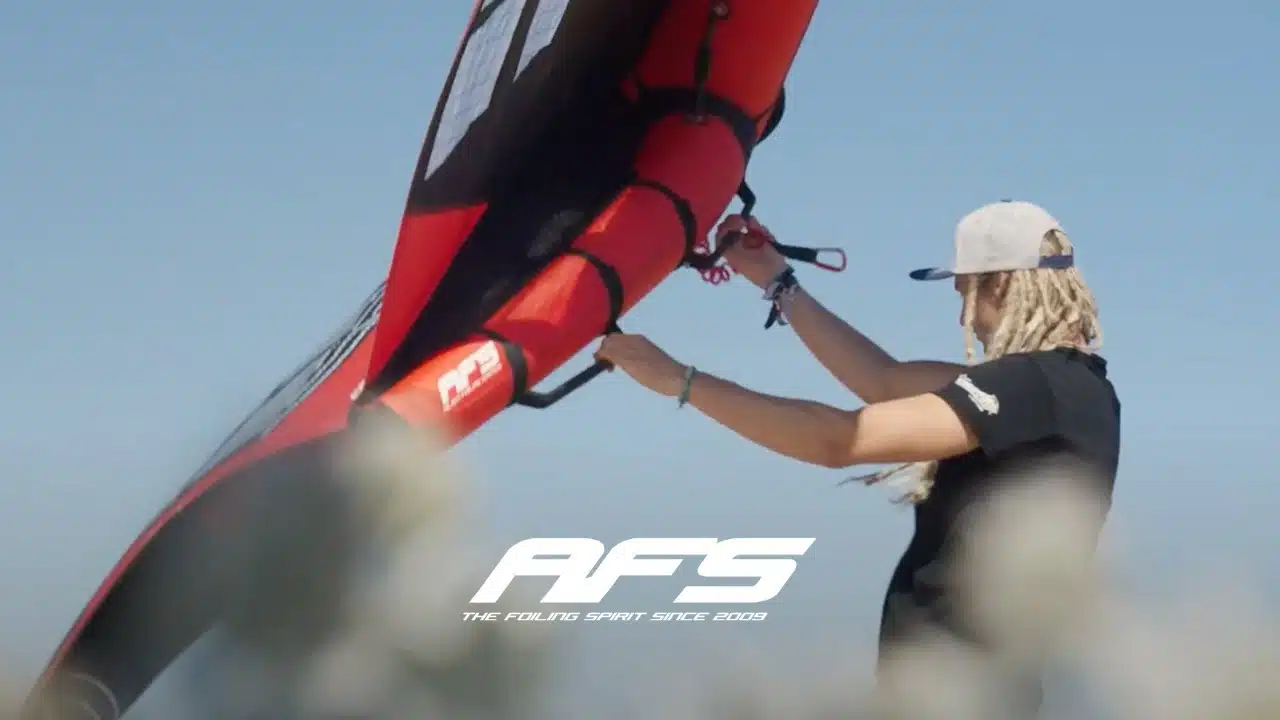
Click & Collect
Secure payment in 3 or 4 instalments
Advice from enthusiasts
Satisfied or your money back
2 to 3 years warranty
Worldwide delivery
Votre emplacement actuel et les langues disponibles
Your current location and available languages
Build your complete foil equipment according to your practice and objectives.
Answer a few quick questions and get a suggestion.
Compare up to three stabilizers side by side.
Coming soon...
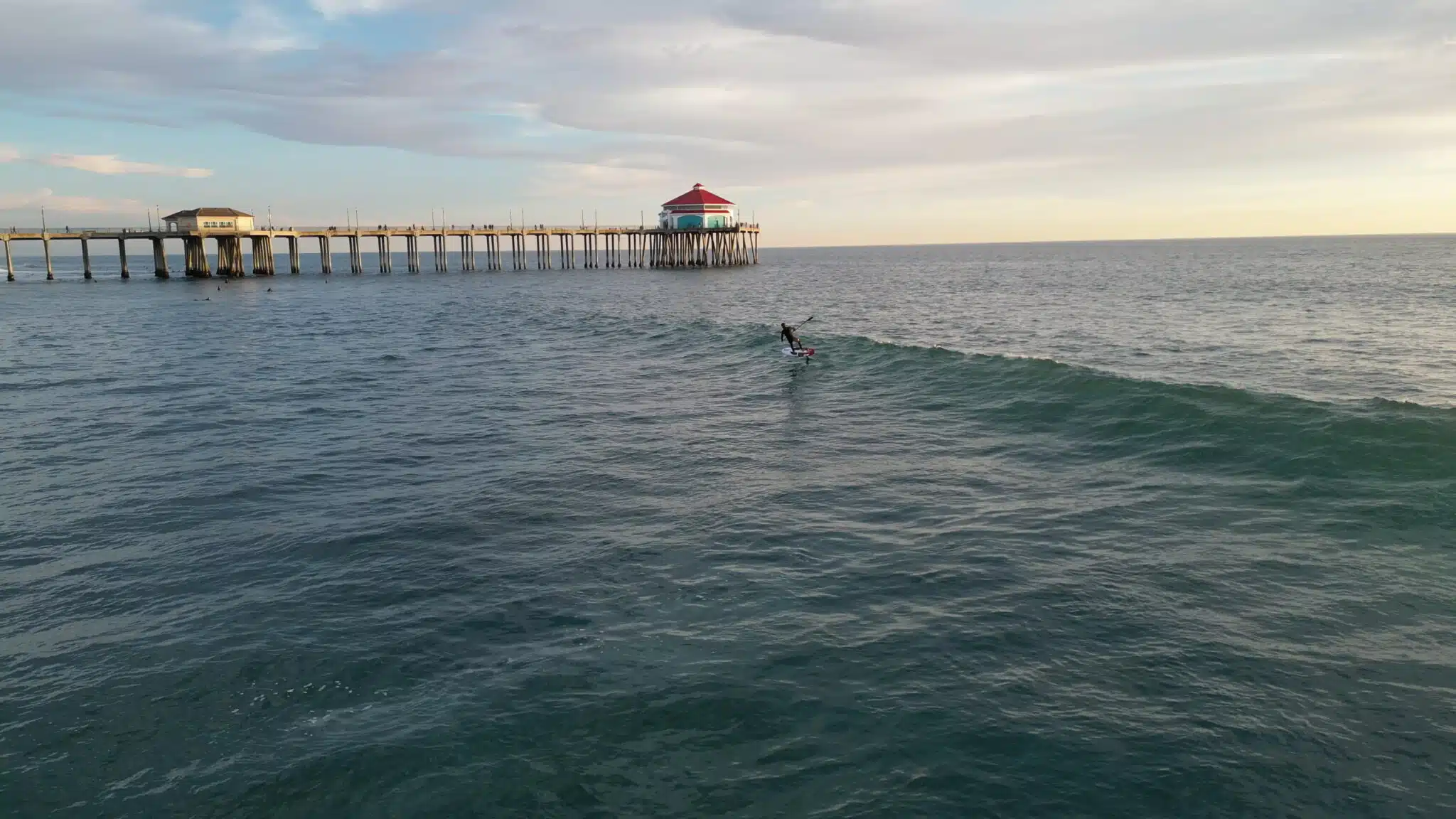
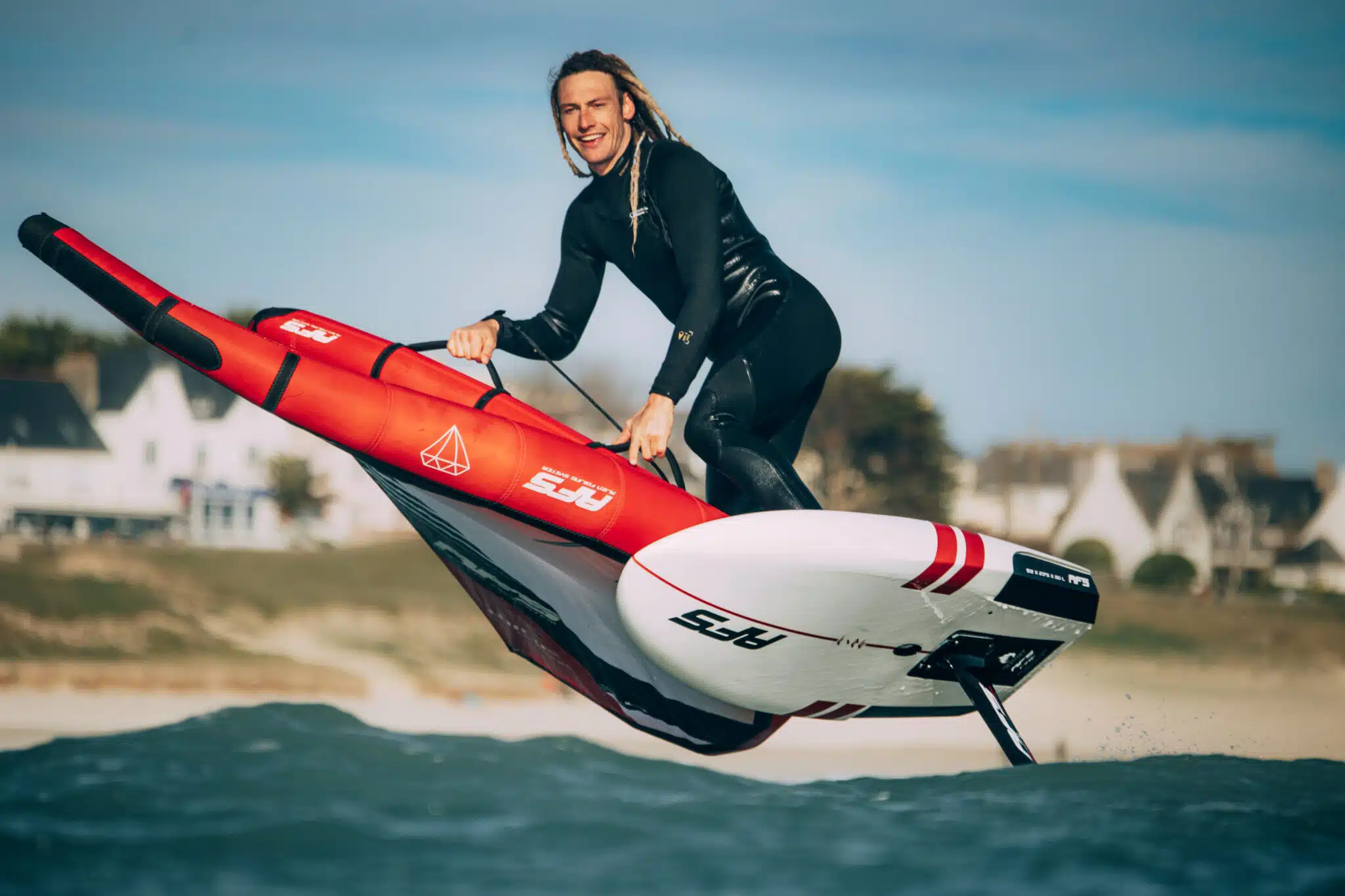

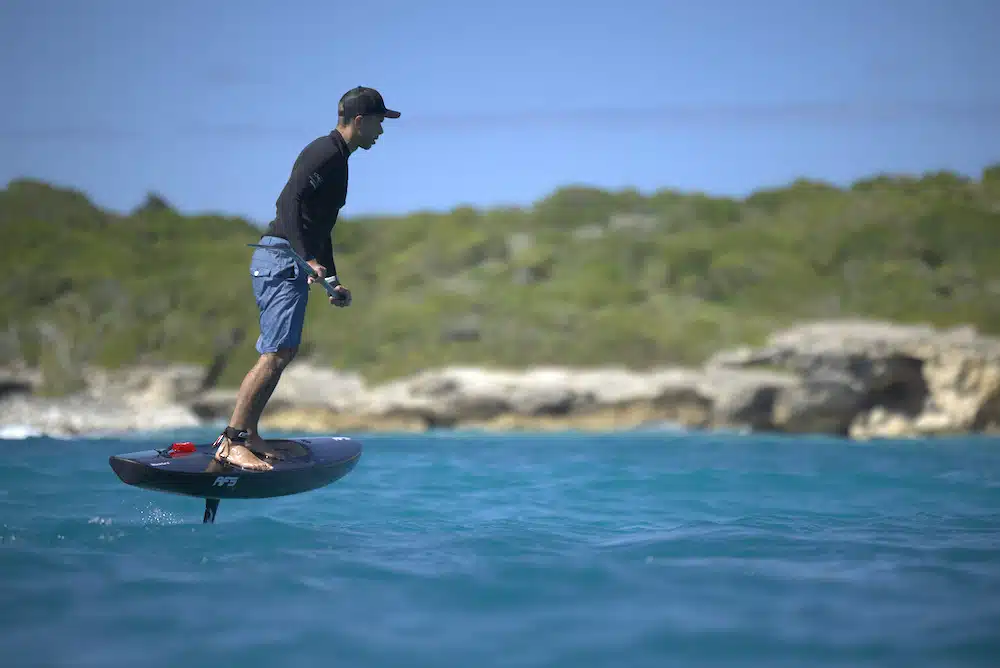
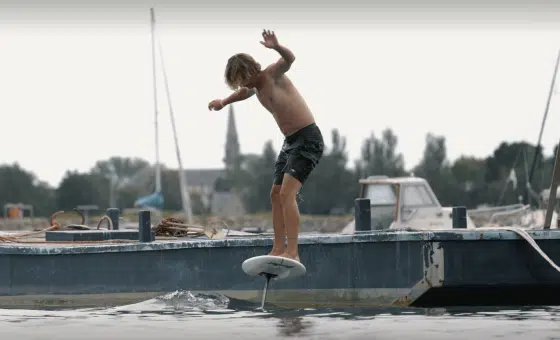
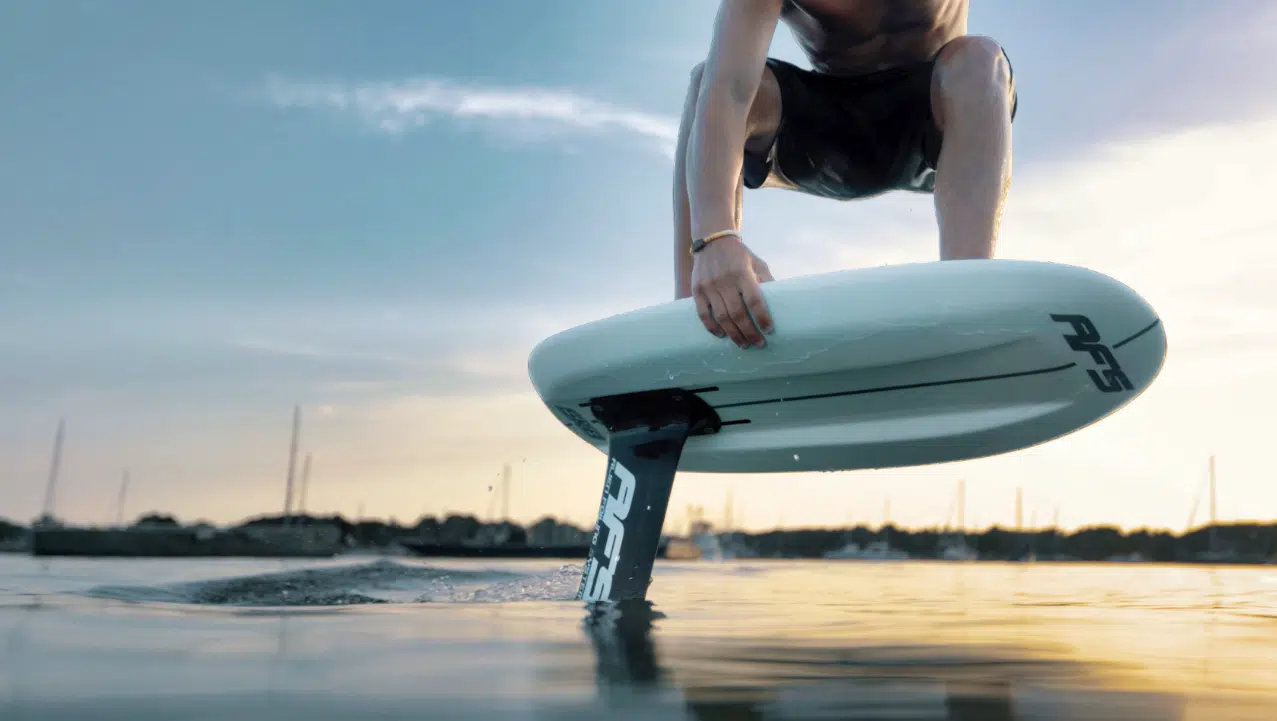
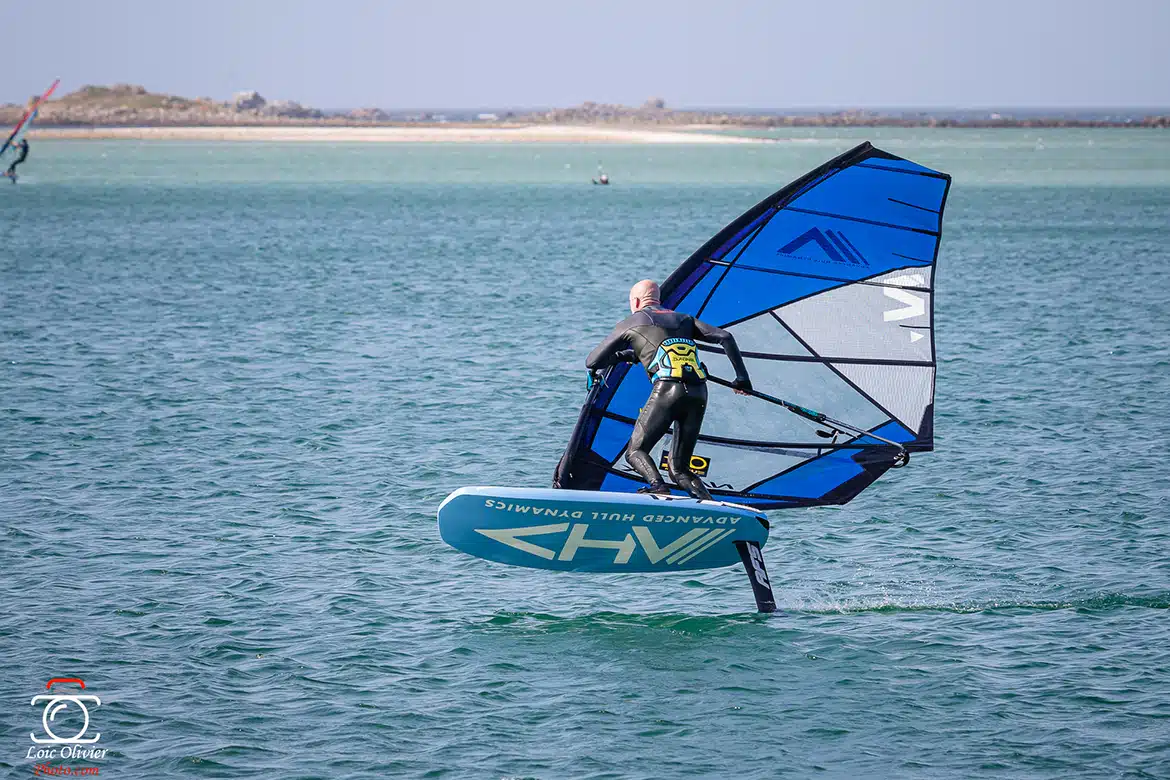
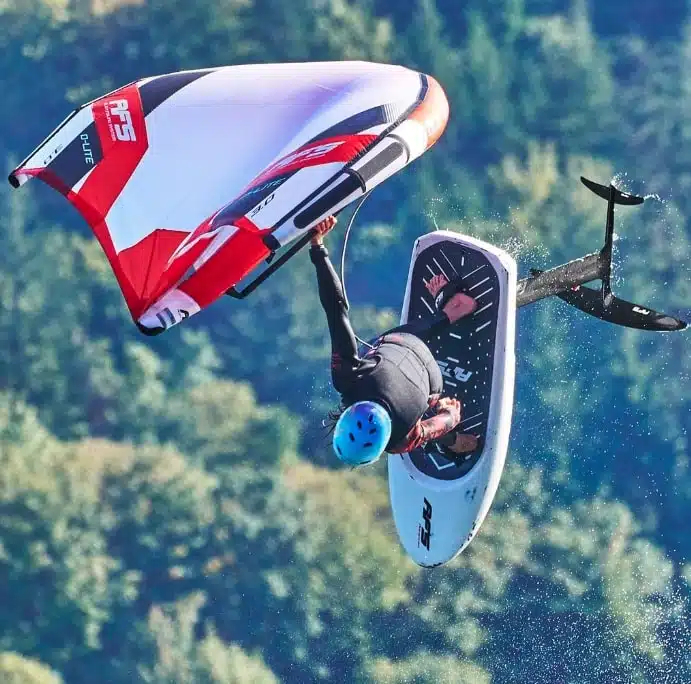
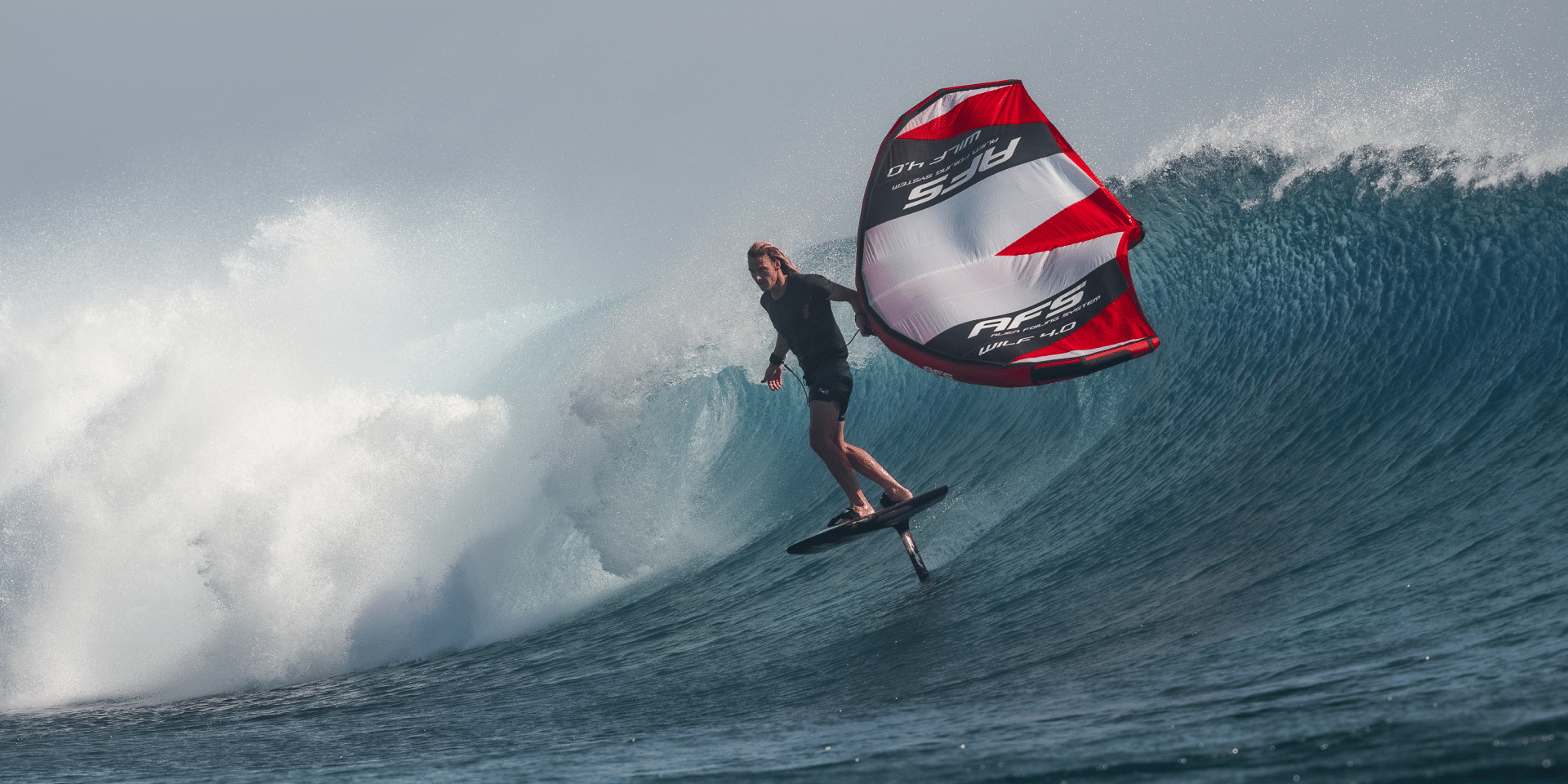
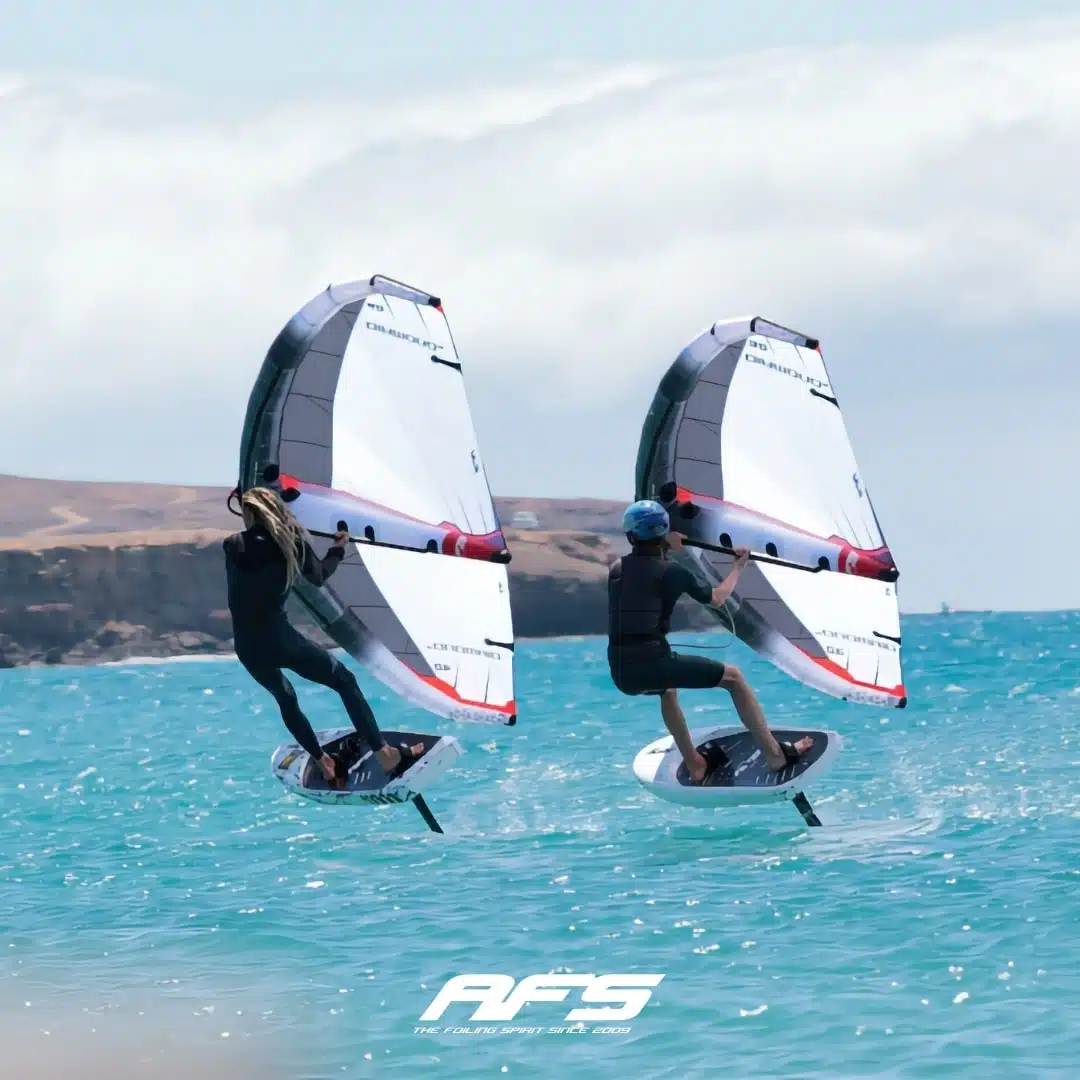
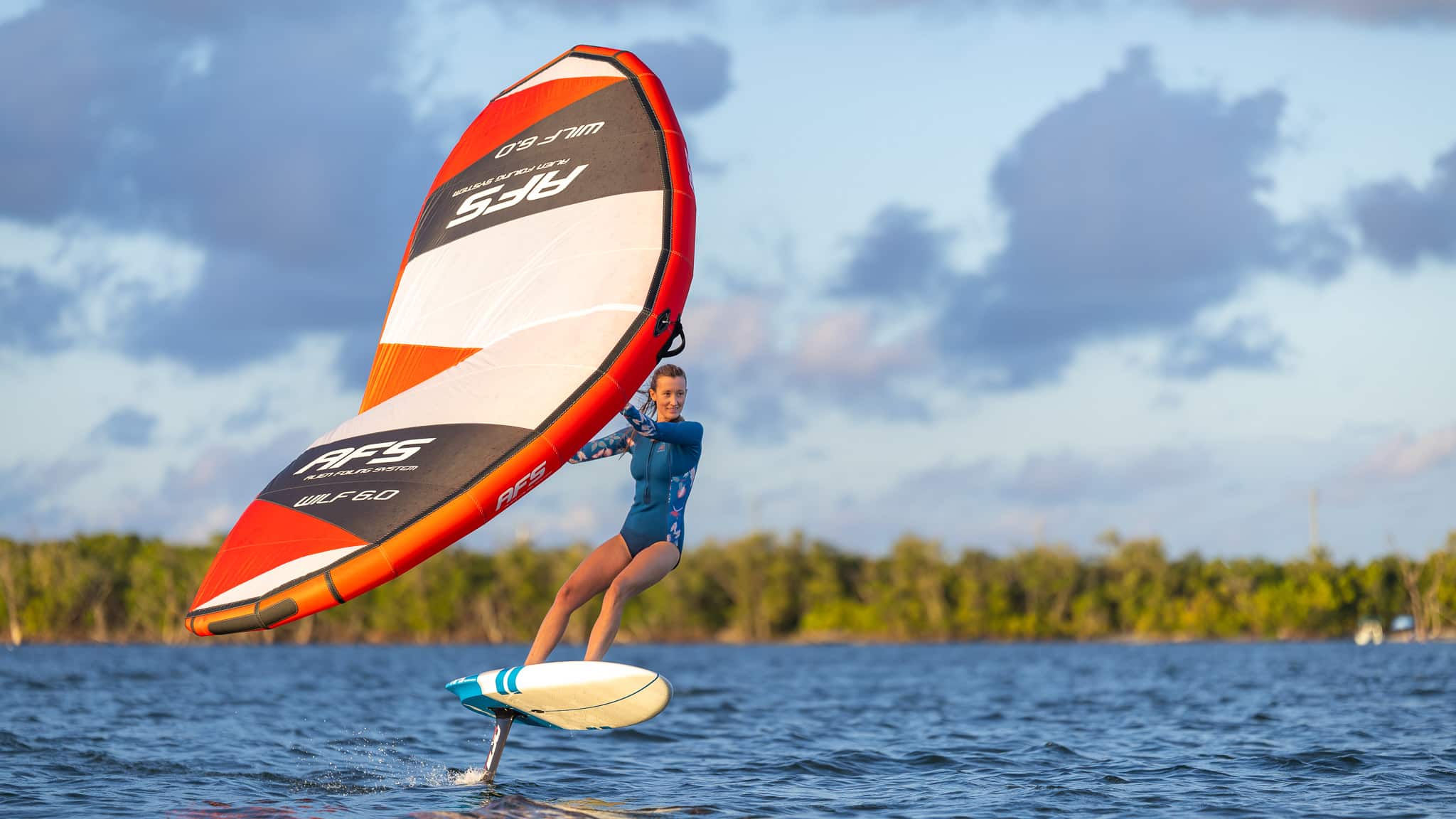

You will receive a product in excellent condition, with a few minor scratches from use.
Your product may have a few minor scratches or visual defects, but it's ready to take to the water again!
Despite deeper scratches or more pronounced visual defects, your product can take to the sea without hesitation: at this price, it's a shame to miss out!